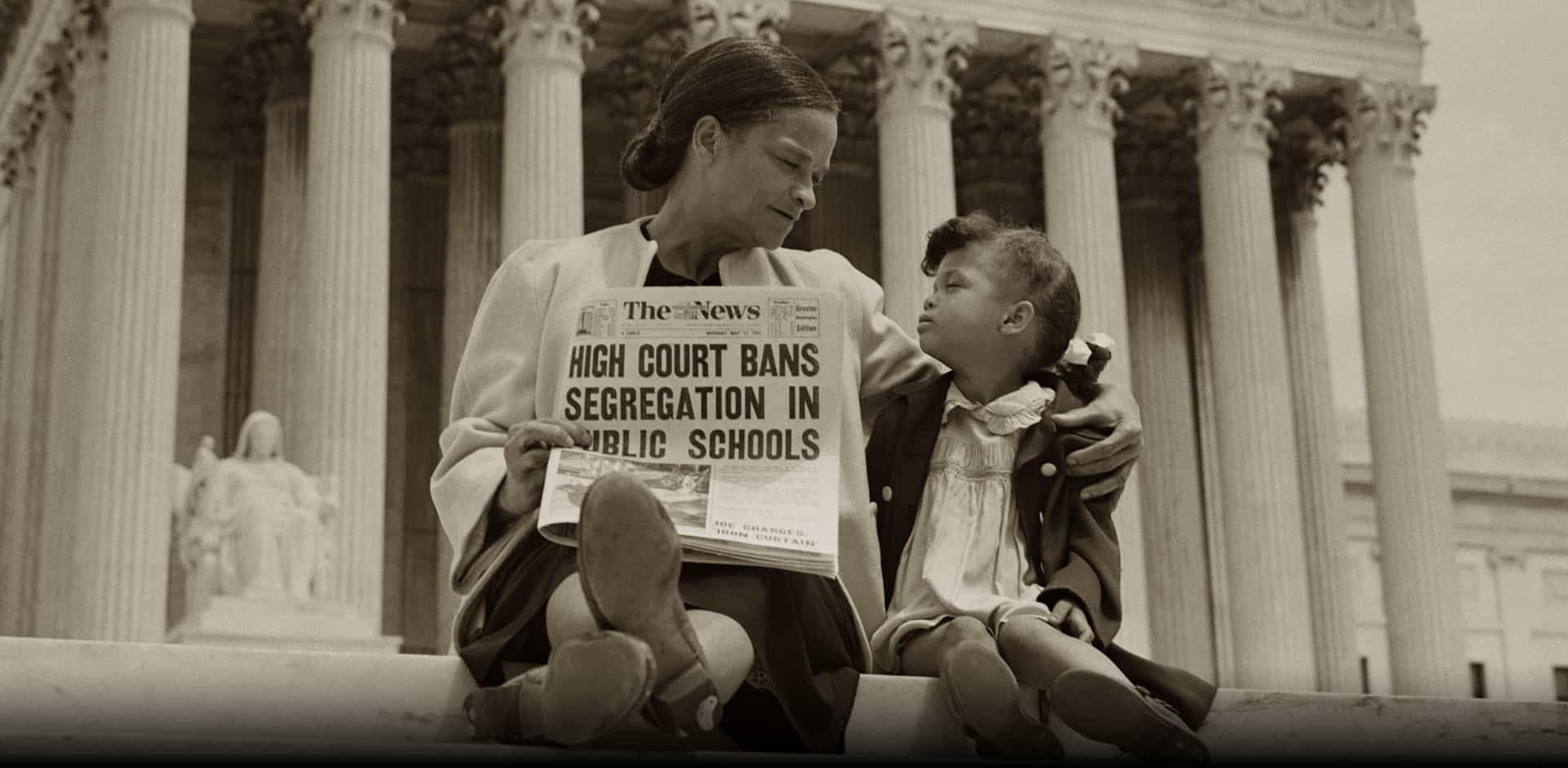Organizing is one of the most powerful tools available to marginalized communities. When individuals feel underrepresented or silenced by those in power, they often turn to collective action. Organizing is a complex action that must always be contextualized by the specific population and its particular understanding of advancement. A common conception of organizing is building a community to promote a specific policy or other initiative. The goal of this type of organizing is to pursue a particular change, and the critical measure of the movement’s success is whether it achieves the articulated goal. However, that is not always the case. Another goal of organizing is to instill a sense of individual power in the members of the collective group. Fostering change is clearly an important facet of organizing, but it is just one aspect of the larger objective of community building. The establishment of a community that allows its members to feel a new sense of identity and authority is a critical purpose of collective action.
Many communities organize to achieve a tangible result. Marty Martinson and Celina Su, authors of Contrasting Organizing Approaches, define organizing as the exercise of “systematically bringing people together to bring about social change” (p.59). Individuals often coalesce behind prominent leaders to achieve a particular objective. This type of top-down, leader-centric movement often uses the language of community – with a shared struggle and identity – and builds a community where members share a common, often very specific, goal.
Another important aspect of organizing is to empower individuals to express their own beliefs and create a space in which they feel safe to do so. Relationships, connection and the empowerment of all group members are the basis of this organizing style. “You’re organizing people to be self-sufficient rather than to be dependent upon the charismatic leader” (Payne, p.893). This form of organizing asserts that communities should not be built upon a top-down leadership structure. Instead, effective organizing should create an opportunity for all members to communicate their goals and shape the community. This form of organizing is about building a community where individuals feel empowered to articulate their beliefs and where the objectives of the group evolve over time in response to community members’ expression of their individual perspectives.
While some forms of organizing can be short lived and achieve immediate, tangible change, others aim to create something more permanent. Both approaches are enormously important. There absolutely are circumstances where a targeted, highly organized, short term effort to address a particular issue can be a very effective strategy. However, there is also fundamental importance in building communities for the longer term. Marginalized groups will always face challenges, and those challenges will change over time. Building communities comprised of empowered individuals who express their views and help guide the community is the key to long term success. Collective action is a critical tool for those whose voices may not otherwise be heard.
References
Martinson, M., & Su, C. (2016). Contrasting organizing approaches: The “Alinsky tradition” and Freirian organizing approaches. In M. Minkler (Ed.), Community building for health and welfare. New Brunswick: Rutgers University Press.
Mueller, C. (2014). Ella Baker and the origins of “participatory democracy”. In J. Bobo, C. Hudley, & C. Michel (Eds.), The Black studies reader. New York: Routledge.
Payne, C. (1989). Ella Baker and models of social change. Signs, 14(4), pp. 885-899. Retrieved from http://www.jstor.org/stable/3174689
